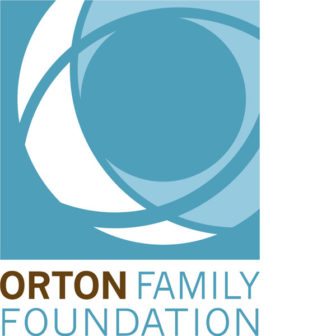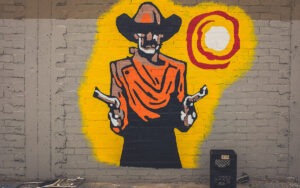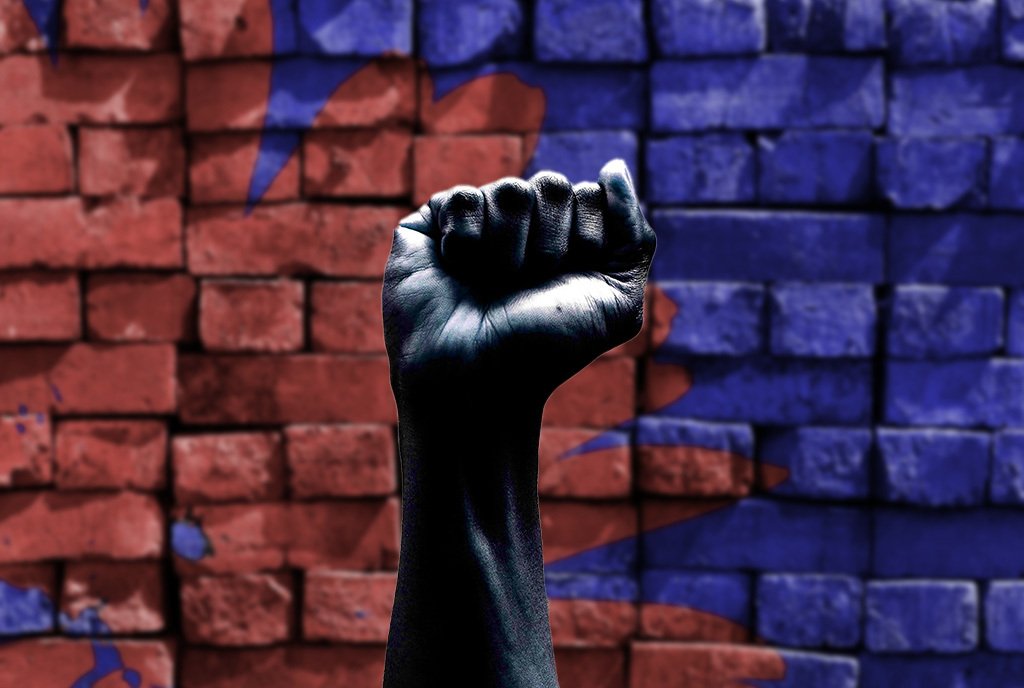
October 25, 2017; Yes Magazine
Cortez, a town of 8,500 people with a median household income of $39,000 in the San Juan mountains of southwest Colorado, may seem an unlikely place for innovation in community planning. But, as Ellen Shepard explains in her account in Yes! Magazine, the city’s recent planning round speaks volumes of what works—and doesn’t work—in community engagement.
Cortez is a small town, but it is also fairly diverse. About two thirds of the residents are white, but American Indians (about 12 percent) and Latinx persons (about 16 percent) both have significant presence in the city. Traditionally, though, these communities of color had been largely “invisible” to city leaders, according to Latina activist and resident Monica Palmquist.
As Shepard writes, initially, the city “held multiple meetings to gather input, promoted them with ads and posters throughout town, and hoped that people would show up.” Not too surprisingly, the result was that “significant portions of the population—including Hispanic, Native American, youth, and people living in poverty—were almost completely absent.” As a result, according to Kirsten Sackett, Cortez’s director of planning and building until 2015, the city’s comprehensive plan didn’t adequately address key issues, such as “youth engagement, economic improvement, and the isolation of the town’s populations.”
In response to these shortcomings, in 2011, Sackett applied to have Cortez take part in a pilot program run by the Orton Family Foundation called Community Heart & Soul. The Orton Family Foundation is a small family foundation with about $15 million in assets.
The “Heart & Soul” program, writes Shepard, is based on the idea that “if people discover together what they are most passionate about preserving and building, they will rally around that shared vision and proactively build their community’s future.”
According to Orton Family Foundation Director of Programs Alece Montez-Griego, within the framework of this approach, “The notion of apathy doesn’t exist. If you don’t have people responding, you didn’t reach them in a way that resonates with them. If you don’t know how to engage people, you go ask them.”
Sign up for our free newsletters
Subscribe to NPQ's newsletters to have our top stories delivered directly to your inbox.
By signing up, you agree to our privacy policy and terms of use, and to receive messages from NPQ and our partners.
The planning process begins with an asset-mapping process. The first step is to figure out “who lives and works in the community, identifying people who are traditionally excluded from civic participation, such as homeless, school-age youth, and non-English speaking populations.”
Additional steps in this community asset-mapping process include:
- Identify relevant community networks—that is “formal and informal groups of people who associate with each other, such as social clubs and sports teams.”
- Find the connectors, “people within those networks who are trusted and can act as advisers and communicators back to the larger community.”
- Implement “communication and engagement opportunities for each network.”
As Shepard details:
In Cortez, Palmquist began attending dozens of local church services in majority [Latinx] neighborhoods, getting to know the clergy and parishioners. Slowly she learned that the community wanted to be involved, but they wanted to do it on their own terms and on their own turf.
Early outcomes included the city’s first-ever Dieciséis de Septiembre (Mexican Independence Day) celebration, block parties, recording sessions that documented residents’ stories of living in Cortez, and a gallery show that used resident photos to show the “good, bad and ugly” of Cortez.
Some additional impacts included:
- City Council voted to spend $600,000 to overhaul its land use code and bring it into alignment with the town’s values.
- The City Council invited the local Ute Mountain Ute tribe to design the gateway sign at the town’s entrance, “the first time that officials and the tribe had collaborated closely.”
- A youth board creating out of the planning process advised allowing kids to paint the town’s skate park, resulting in a dramatic drop in graffiti throughout the city.
- Youth were given voting seats on the Parks and Recreation, Golf, and Library advisory boards.
On its website, the Orton Family Foundation identifies roughly three-dozen towns across the country that have adopted the “Heart & Soul” approach. The model clearly has value, but, at some level, the key underlying it is simple: know your community, which is a principle that applies to nonprofit community building work every bit as much as city planning.
It was only 55 years ago when Jane Jacobs visited East Harlem, listened to residents, and bemoaned planners’ failure to consider “what makes the very intricate order of the city.” Whether you’re in a small town or a big city, it is a lesson worth remembering still.—Steve Dubb













